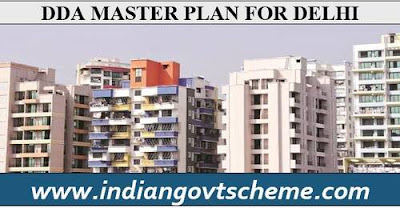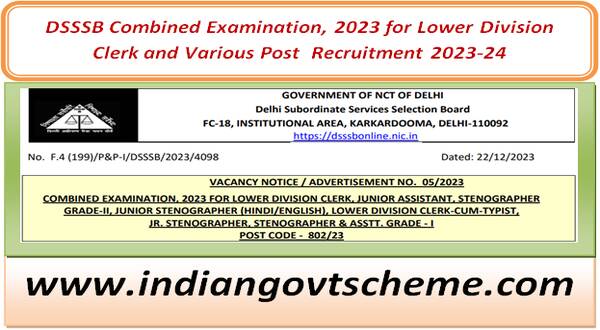MINISTRY OF HOUSING AND URBAN AFFAIRS
LOK SABHA
UNSTARRED QUESTION NO.1606
TO BE ANSWERED ON FEBRUARY 10, 2022
DDA MASTER PLAN FOR DELHI
NO.1606. SHRI JAGDAMBIKA PAL
Will the Minister of HOUSING AND URBAN AFFAIRS be pleased to state:
(a) the details of the JJ Clusters on the Government land in Delhi;
(b) the details of schemes/ plans of the Government for their relocation/ in-situ redevelopment as per extant policy therefor along with the present status of their implementation;
(c) the details of DDA’s Master Plan for Delhi-2041 along with the salient features of the plan;
(d) whether the Government proposes through Master Plan for Delhi- 2041 to deal with the relocation/ in-situ redevelopment of JJ Clusters and if so, the details thereof; and
(e) the steps taken/ proposed by the Government to develop/ rejuvenate the green areas in Delhi under the Master Plan?
(SHRI HARDEEP SINGH PURI)
(a) Delhi Urban Shelter Improvement Board (DUSIB), Government of National Capital Territory of Delhi (GNCTD) has informed that there are 675 listed and 82 unlisted JJ Bastis in Delhi on the land of various Government land owning agencies including Delhi Development Authority (DDA).
(b) Land and colonization are State subjects, however, the Government under the vision of ‘Housing for All’ by 2022, is supplementing the efforts of the States/ Union Territories by providing Central Assistance under the ‘Pradhan Mantri Awas Yojana (Urban) [PMAY(U)], for construction of houses of all eligible families/ beneficiaries including slum dwellers since 25.06.2015. Under the ‘In-situ Slum Redevelopment (ISSR)’ component of PMAY-U Mission, Central Assistance of ₹ 1.0 lakh per house is provided.
DDA has informed that as per its Rehabilitation Policy, which is based on PMAY-U, viable JJ clusters out of the list notified by DUSIB are taken up for in-situ slum rehabilitation. The status is as under:
- Survey of 376 JJ Clusters is underway to assess eligibility of JJ dwellers for flats/ pucca accommodation.
- Request for Proposal (RFP) for six (6) projects having approximately 10,300 households (HHs) in 10 JJ Clusters sites have been floated for inviting private developers to undertake ‘in- situ rehabilitation’ on PPP model.
- RFP for four (4) other projects covering 15,000 HHs approximately in 8 JJ Clusters Sites is under process.
DUSIB has informed that JJ Bastis are rehabilitated/ relocated as per rehabilitation/ relocation policy applicable at the time of rehabilitation/ relocation. At present the Delhi Slum & JJ Rehabilitation and Relocation policy 2015 renamed as Mukhya Mantri Awas Yojana is applicable.
(c) DDA has informed that the vision for Master Plan for Delhi (MPD)- 2041 is to foster a Sustainable, Liveable and Vibrant Delhi by 2041. Some of the key/ salient features of the plan are at Annexure.
(d) DDA has informed that re-location/ in-situ redevelopment of JJ clusters has been proposed in the Draft MPD-2041 with focus on urban poor, flexibility with mix of uses and relaxed development controls.
(e) MPD-2021 has provisions to develop lung spaces/ recreational areas and green belt to the extent of 15 to 20% of land use. Further, the master plan provides for detailed planning norms and standards for recreational areas/ parks from sub-city level to neighbourhood level and green belt. In addition to the MPD-2021 provisions, DDA also adopts new initiatives such as provision of STP water for horticulture purposes, solar lighting initiatives, waste management through vermi-compost units, wetland development and indigenous plantation.
Draft MPD-2041 provides for enhancing green blue infrastructure (green assets) i.e., ecological features like forests, orchards, riverside development, planned parks, trees and landscaped areas, recreational greens, green belts, gardens, etc.
Annexure
Annexure referred to in reply to part (c) of the Lok Sabha unstarred question No.1606
Key/ Salient features of draft MPD-2041
1. Development control norms related to use premises and activities, flexibility in uses, parking requirements, mixing of uses, etc. have been simplified to meet future developments and requirement of public at large.
2. Provision of good quality green-blue areas for active/passive recreation and leisure.
3. Enhance Delhi’s preparedness for Climate Change impacts and in tackling pollution.
4. Focus on non-ownership/ rental and small format/ affordable housing (particularly close to mass transit) with incentivising new formats like serviced apartments, condominiums, hostels, student housing, worker housing, etc.
5. Compact and sustainable development through Transit Oriented Development (TOD) based projects to bring jobs and homes closer to mass transit.
6. Regeneration in the old and dilapidated areas, re-densification of areas by providing incentives for planned redevelopment and/or retrofitting of areas; improve area-level safety and disaster resilience and increase availability of social infrastructure.
7. Regeneration of unauthorized colonies and specific relaxed provisions for in-situ rehabilitation.
8. Improving social infrastructure in existing areas, particularly dense areas like urban villages and unauthorized colonies.
9. Flexibility in Floor Area Ratio (FAR) loading and vertical mixing of uses to create innovative layouts
10. Special provisions for preservation and redevelopment within identified heritage and cultural precincts – focus on enhancement of cultural capital.
11. Mainstreaming urban design ideas such as active frontage, walkable block lengths, round the clock activity, etc., ensuring convenience and safety of users.
12. Augmentation of physical infrastructure promoting reuse of treated waste water for horticulture, irrigation etc, mandatory provision of dual piping system, green credits as part of incentivized development, minimize additional stress on water resources with optimal utilization of available water supply.
13. Enhancement of environment with focus on preservation and enhancement of ecological heritage (Yamuna riverfront development, biodiversity parks), tackling air, water and noise pollution adopting extremely strict codes and incentivize development of new green industry.

